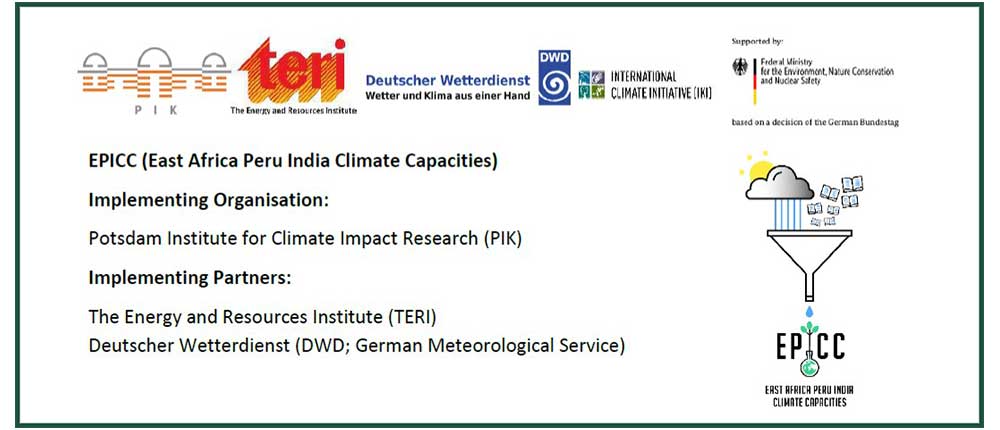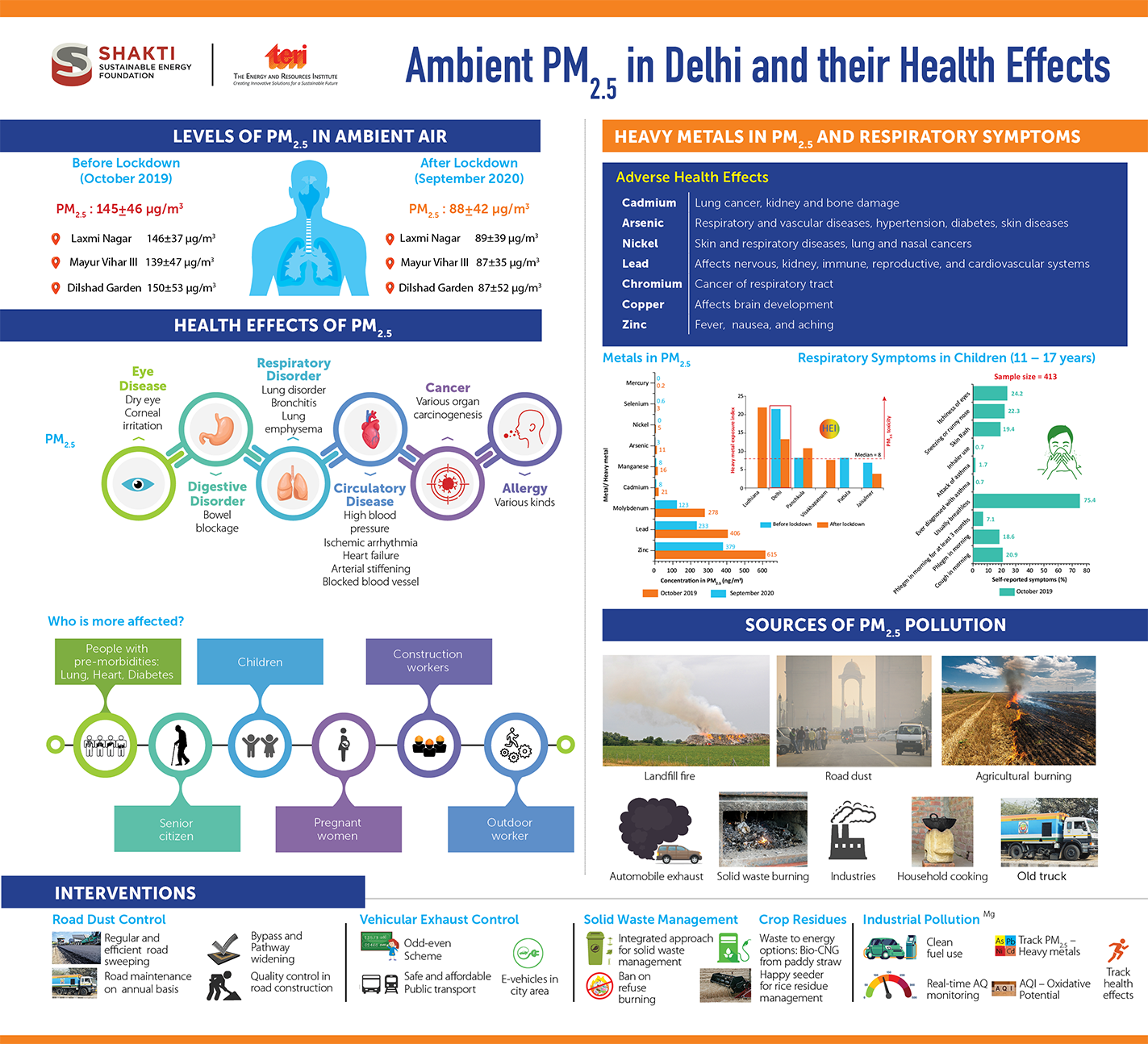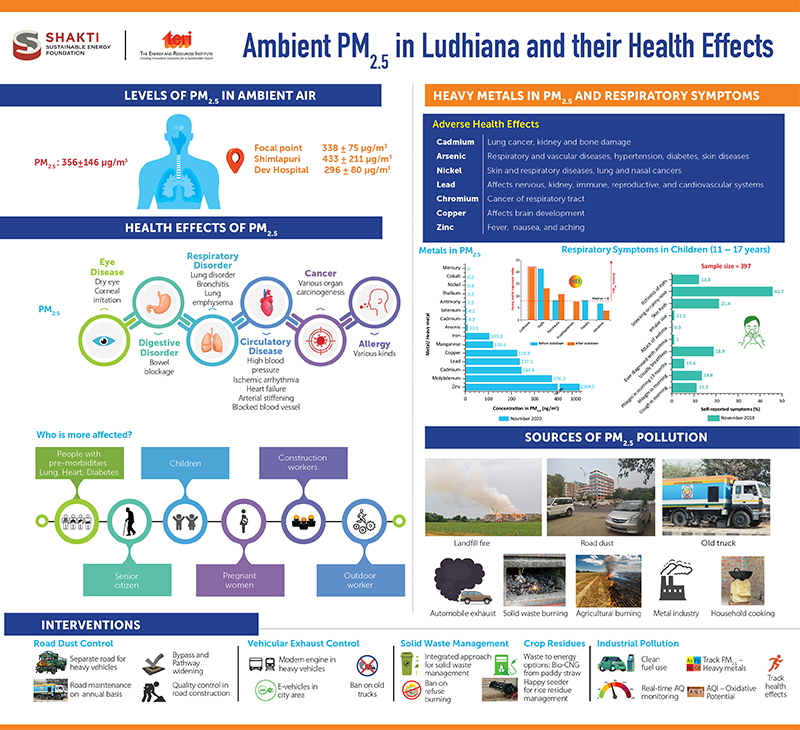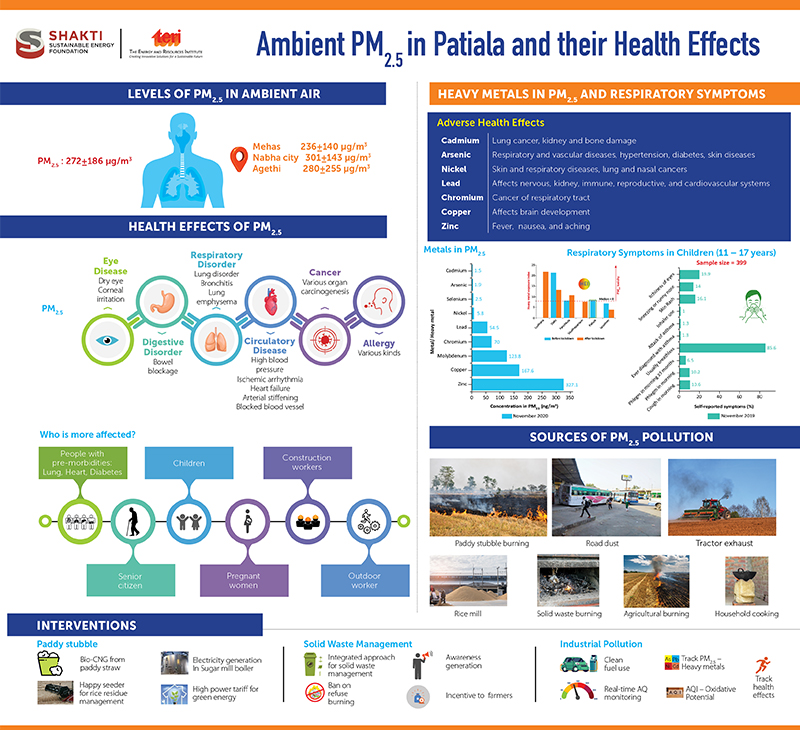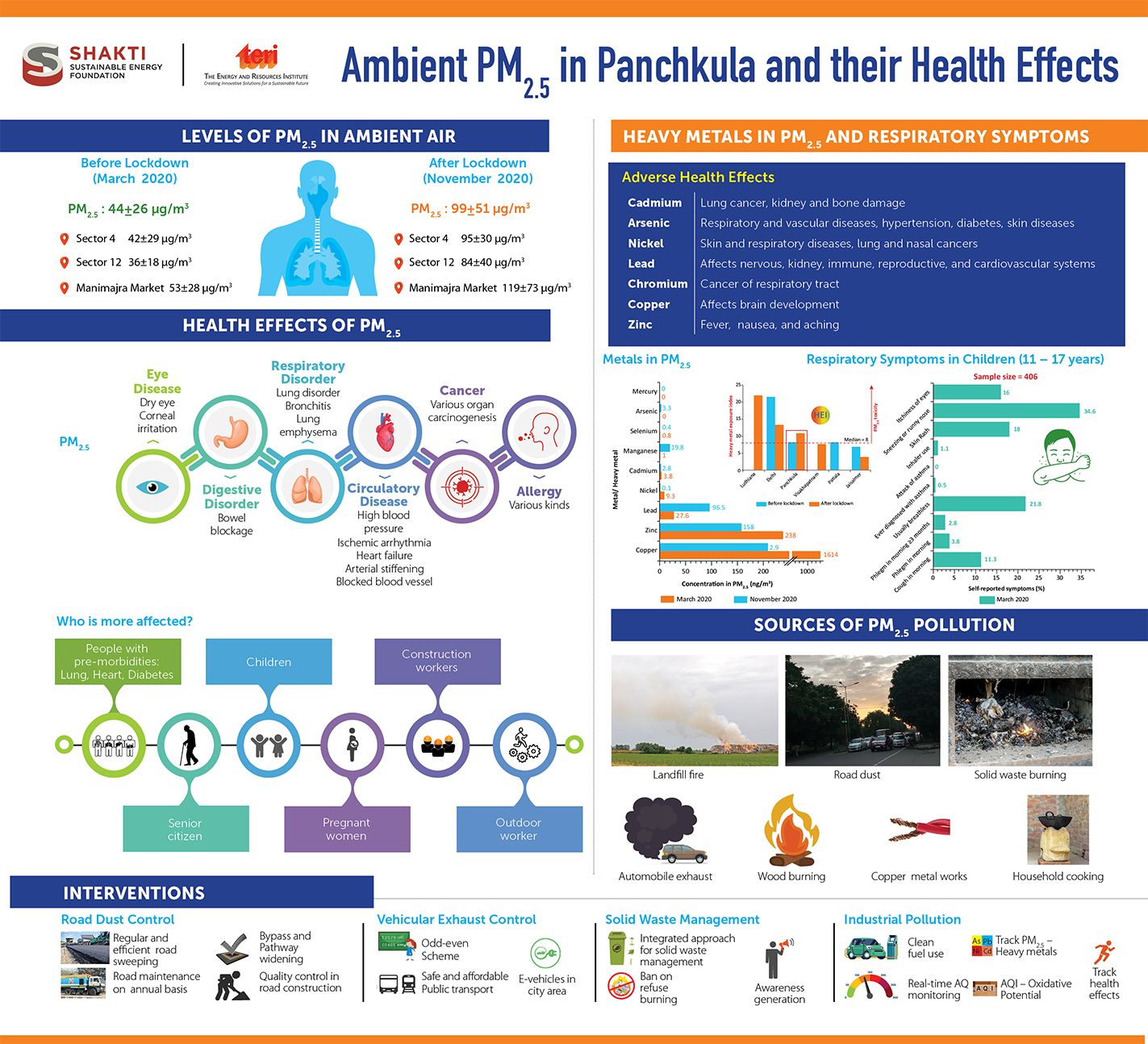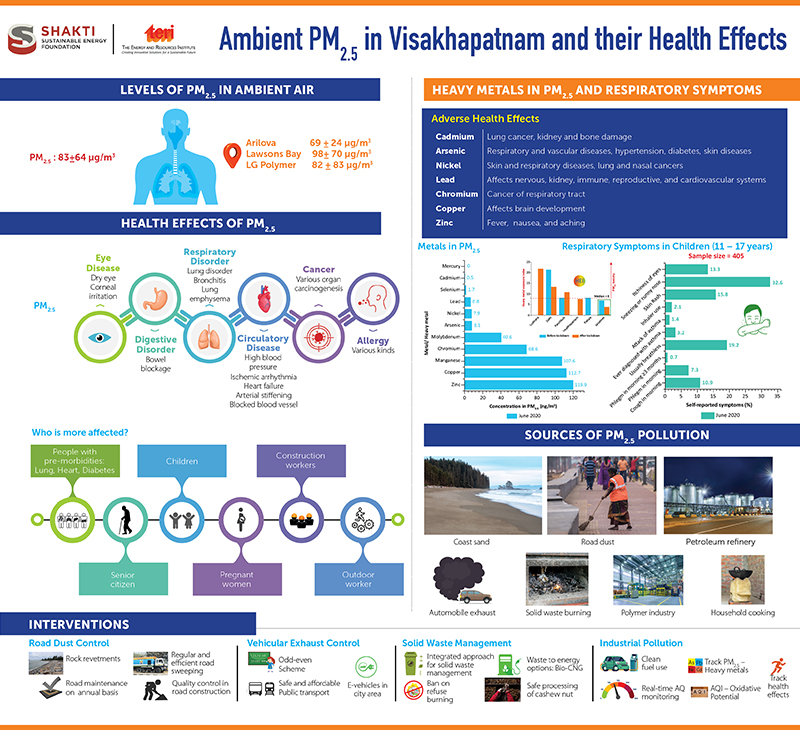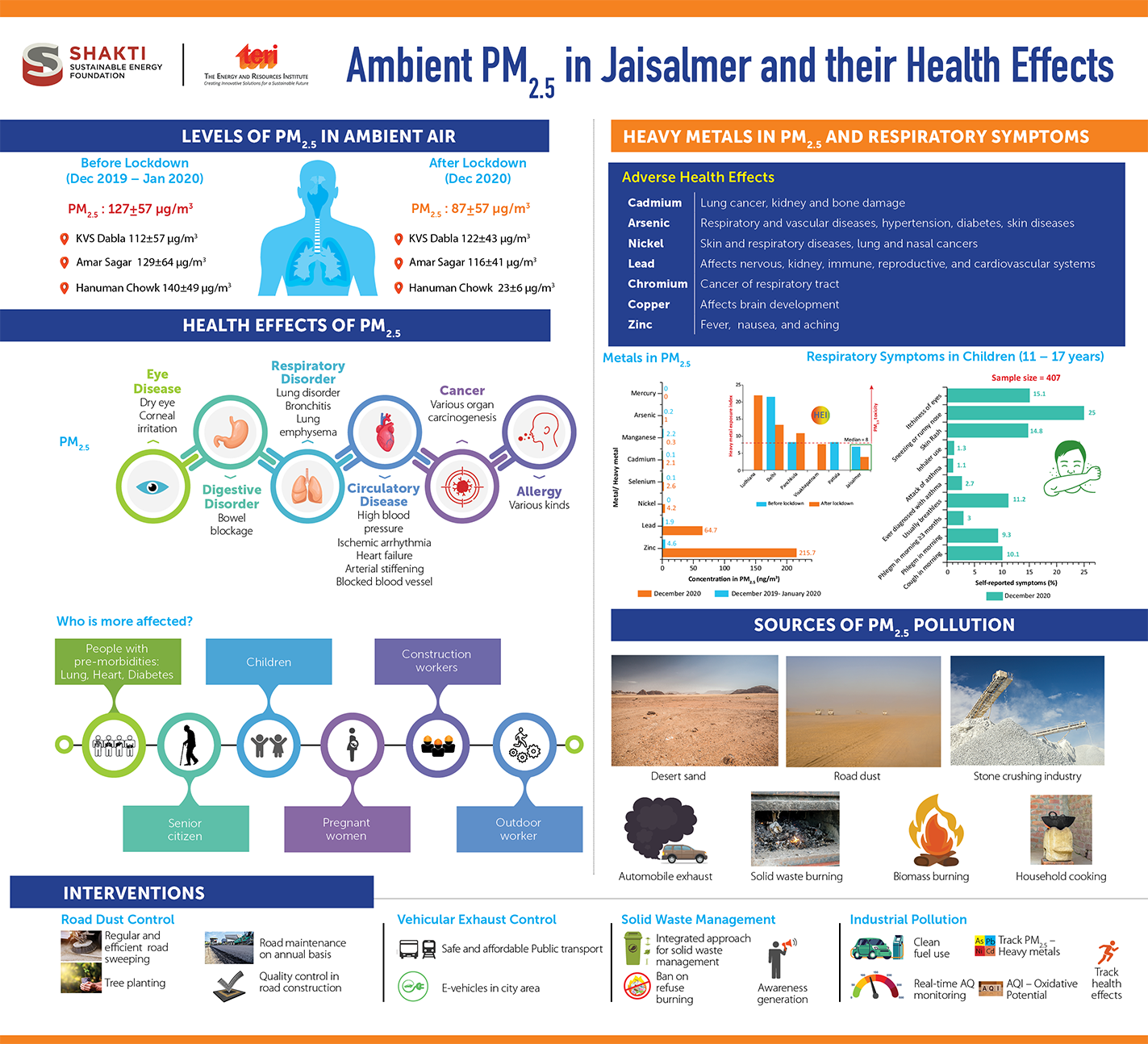Assessing the health effects of exposure to air pollution through survey-based study
Air pollution is one of top health risks in India and severely affects children. This project undertook a health assessment of children across six ecologically different districts to help formulate better policies prioritising action on air pollution and formulate a new Heavy Metal Exposure Index.
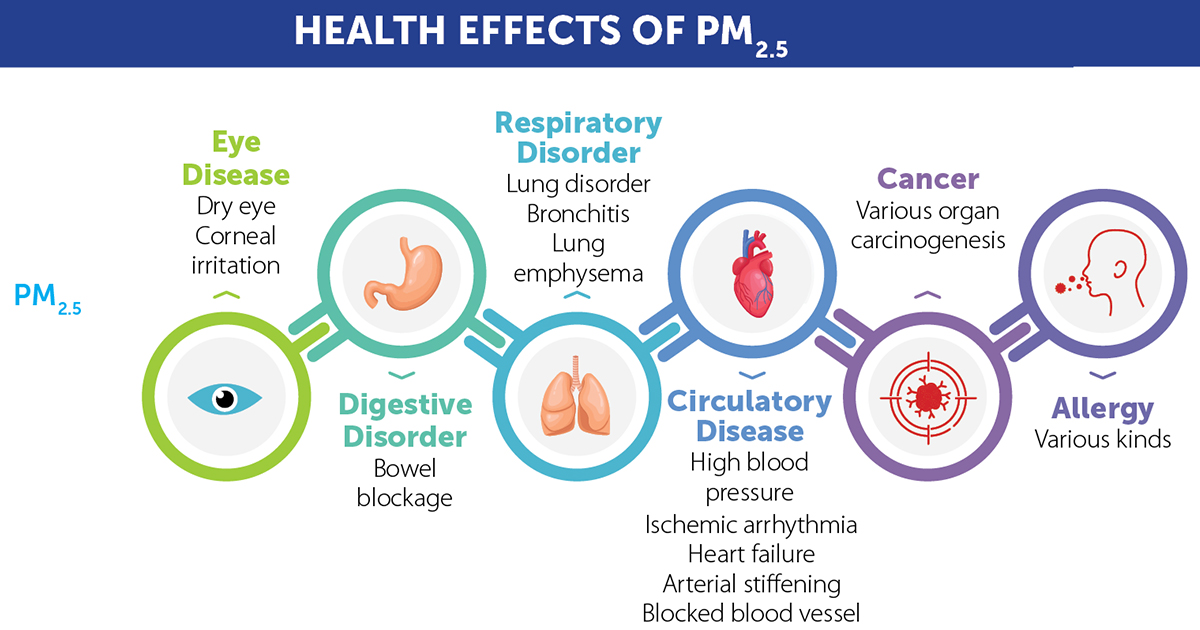
Air pollution is one of top health risks in India. Adverse respiratory effects have been reported in general populations, but the effect on children living in proximity to high traffic areas, agricultural areas practicing crop burning, and having daily exposure of both indoor and outdoor air pollution has not been adequately quantified in India.
Children are more sensitive to changes in air pollution and thus, health effects are more evident. Damage to the respiratory system in children can be devastating and permanent. The adverse effects of air pollution may be obvious in adult population owing to the long exposure period resulting in several chronic diseases. Therefore, regular monitoring of the levels of air pollutants affecting air quality and human health is essentially required on a daily basis.
Supported by the Shakti Sustainable Energy Foundation, the project undertook health assessments through surveys among 2,427 school children (age 14-17 years) of Kendriya Vidalaya (KV) based in six ecologically different districts: Ludhiana (industrial), East Delhi (megacity), Vishakhapatnam (coastal), Patiala (agricultural biomass burning), Panchkula (PM2.5 attained- city) and Jaisalmer (desert). An exposure assessment was also done simultaneously on the basis of PM2.5 mass concentration and their chemical characteristics. Heavy metal was identified as main toxic component in PM2.5, and based on the heavy metal concentration and their toxicity (as per ATSDR substance priority list), a new index – Heavy Metal Exposure Index (HEI), was formulated. HEI gives the information about the toxicity level of PM2.5 of the geographic region, thus very helpful in framing the policy for prioritize action. The study duration was May 2019 – September 2021.
Infographics
Following infographics depicts the Ambient PM2.5 in six cities and their Health Effects.
Note: Click on the infographics to view details.


